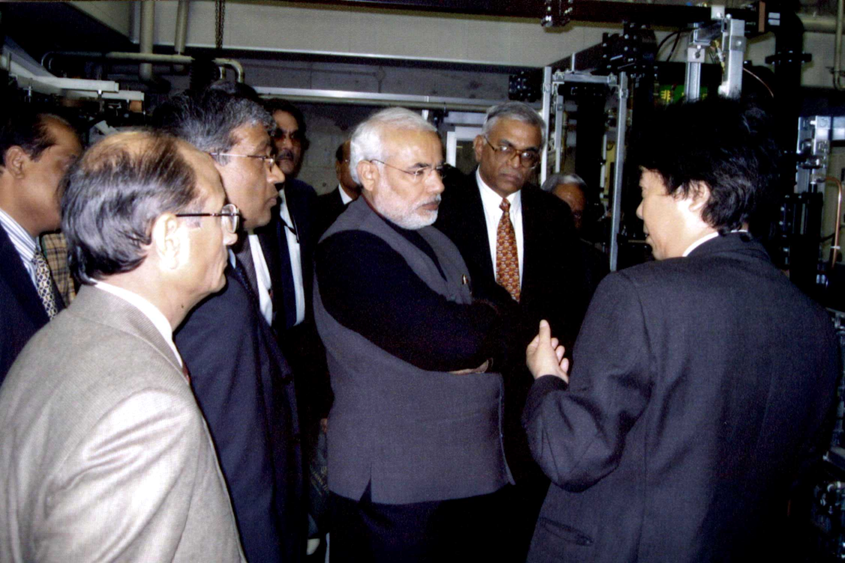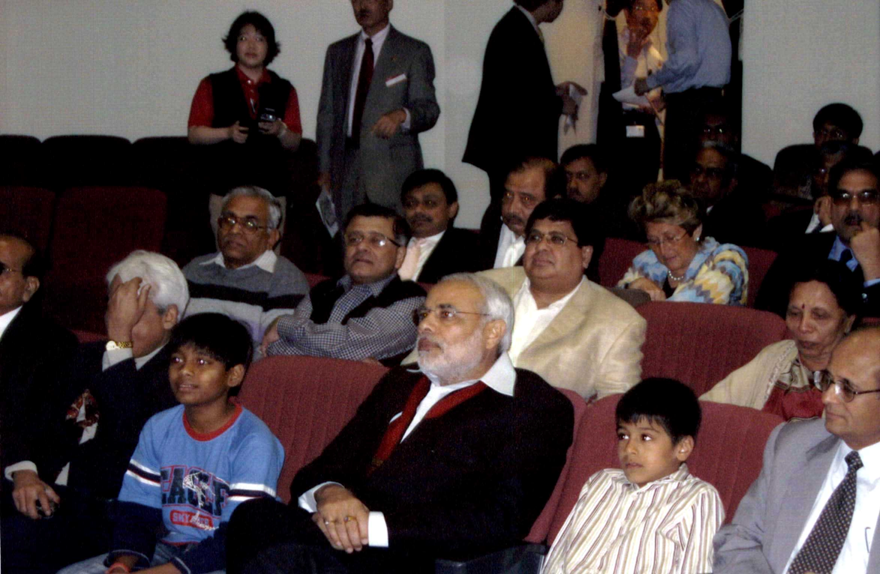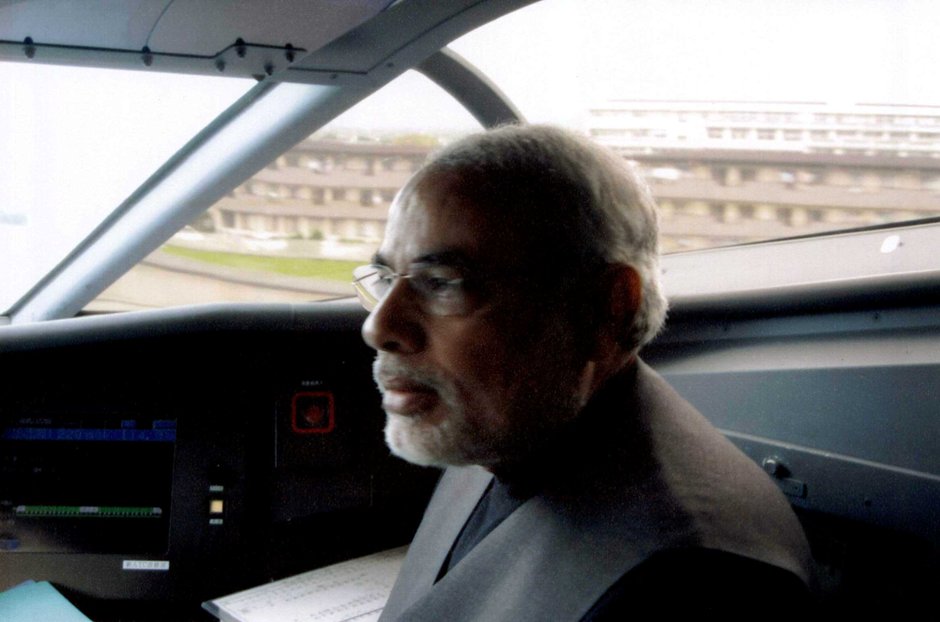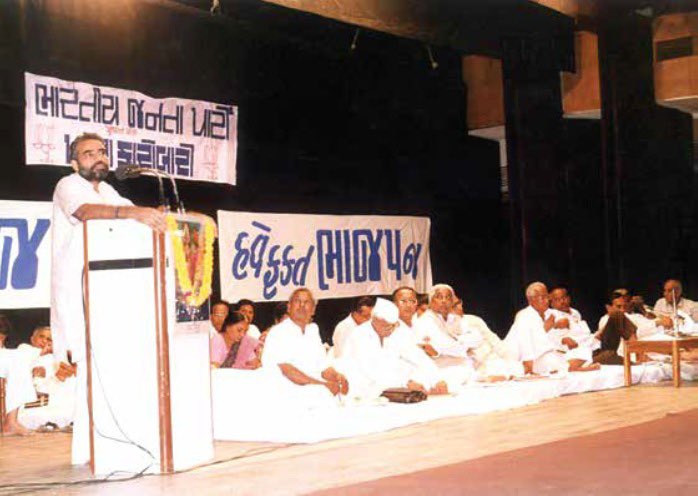On this day in 1893, #SwamiVivekananda delivered the famous Chicago speech. Presenting some archives culled from the pages of PM @narendramodi's history
Here Modi discusses how Vivekananda explained Advaita to the Western world.
[Audio excerpt, Sangh Shiksha Varg in Pune, 1985]
Here Modi discusses how Vivekananda explained Advaita to the Western world.
[Audio excerpt, Sangh Shiksha Varg in Pune, 1985]
#SwamiVivekananda had a profound influence on young Modi's mind, inspiring him to dedicate his life to service.
A journey of inner discovery began at the Ramakrishna Mission, where Modi lived with sadhus and saints. During his stay, he got to spend time in Vivekananda's chamber.
A journey of inner discovery began at the Ramakrishna Mission, where Modi lived with sadhus and saints. During his stay, he got to spend time in Vivekananda's chamber.
What are duties or Kartavya?
A voracious reader by mind and a curious young man at heart, Modi collected #SwamiVivekananda's quotes in his diary. Modi regularly discussed the philosophy and contributions of the Hindu monk with youngsters.
[Handwritten, Personal Diary]
A voracious reader by mind and a curious young man at heart, Modi collected #SwamiVivekananda's quotes in his diary. Modi regularly discussed the philosophy and contributions of the Hindu monk with youngsters.
[Handwritten, Personal Diary]

The message of national unity & integrity was proclaimed through the Ekta Yatra, which commenced in 1991 from Kanyakumari. Modi was given the huge responsibility of organizing the 45-day Yatra.
[Narendra Modi & Murli Manohar Joshi at the Vivekananda Rock Memorial in Kanyakumari]
[Narendra Modi & Murli Manohar Joshi at the Vivekananda Rock Memorial in Kanyakumari]

In 1993 Modi was invited to attend the Global Vision 2000 convention in Washington DC for the centenary celebrations of #SwamiVivekananda’s 1893 speech at the World Parliament of religions.
10,000 delegates from 60 countries attended.
[Narendra Modi at Global Vision 2000, USA]
10,000 delegates from 60 countries attended.
[Narendra Modi at Global Vision 2000, USA]

Modi hosted a youth conclave during Vivekananda's Chicago speech centennial. Youngsters marched with Indian flags flying high, accompanied by a band.
Here's a thank-you note addressed to Modi by a group that participated in celebrations of #SwamiVivekananda's arrival in the West

Here's a thank-you note addressed to Modi by a group that participated in celebrations of #SwamiVivekananda's arrival in the West


#SwamiVivekananda was a philosophical influence on Modi's efforts to awaken national pride.
During his travels abroad, Modi took the message of Vivekananda with him. People from the Indian diaspora were often drawn to him to discuss the ideas & teachings of the great saint.
During his travels abroad, Modi took the message of Vivekananda with him. People from the Indian diaspora were often drawn to him to discuss the ideas & teachings of the great saint.

As a tribute to #SwamiVivekananda's landmark Chicago speech at the World Parliament of Religions, then Gujarat CM Narendra Modi carried out a massive Yatra across Gujarat which commenced on 11th September 2012.
[Swami Vivekananda Yuva Vikas Yatra, Gujarat, 2012]


[Swami Vivekananda Yuva Vikas Yatra, Gujarat, 2012]



The World’s Congress: Religions at the World’s Columbian Exposition. A book commemorating #SwamiVivekananda's speech to the World Religions Summit of 1893.
The rare book was gifted to PM Narendra Modi by President Barack Obama.


The rare book was gifted to PM Narendra Modi by President Barack Obama.



• • •
Missing some Tweet in this thread? You can try to
force a refresh
















































